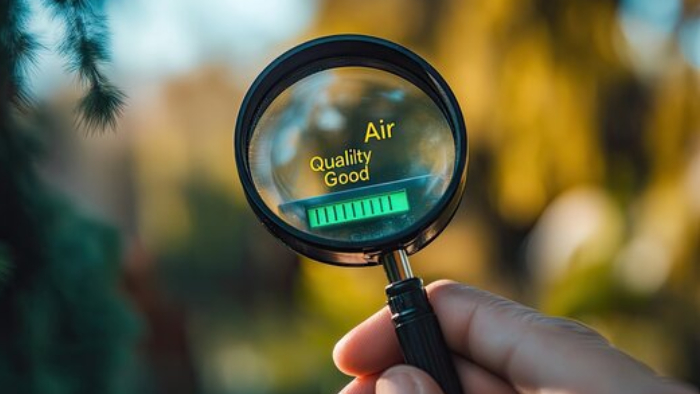Land Use Compatibility & Air Quality Studies
Land Use Compatibility & Air Quality Studies
Have
a question?
Sonair Environmental welcomes the opportunity to answer any questions or concerns that may arise. We would love to hear from you today!
Sectors
Land Use Compatibility & Air Quality Studies
The City of Toronto and neighbouring cities have been major hot spots for urban densification. As more properties are being developed or re-developed, it can become an issue if the proposed development is not compatible with neighbouring land uses.
The Ministry of the Environment, Conservation and Parks (MECP) developed a series of guidelines to determine if a proposed development may be impacted by industries around the area or if the subject site will have any adverse effect on sensitive land uses in close proximity.
- D-1: Land Use and Compatibility
- D-2: Compatibility between Sewage Treatment and Sensitive Land Use
- D-3: Environmental Considerations for Gas or Oil Pipelines and Facilities
- D-4: Land Use On or Near Landfills and Dumps
- D-5: Planning for Sewage and Water Services
- D-6: Compatibility between Industrial Facilities
Property Developers
Land Use Compatibility Assessments or Air Quality Studies are typically required by Cities when the developer seeks to change the land use for what it was originally intended for. The assessment looks at the impact of noise, vibration, dust, odour, and/or light for businesses within 1,000-meter radius of the subject site and whether the neighbouring land uses are adequately separated. Depending on the nature of operations for industrial facilities within the review area, one of three different classes is assigned, containing a minimum separation distance and area of influence.
Industrial Class
Minimum Separation Distance
(m)
Minimum Separation Distance
(m)
I
20
70
II
70
300
III
300
1000
As part of the Land Use Compatibility Assessment or Air Quality Studies, a Noise Impact Study may also be required if the proposed development is located in the vicinity of major roadways, railways, airports and industrial facilities. Additionally, an odour control report in Ontario may be necessary to address potential odour impacts on sensitive receptors.
Most Noise Impact Studies requested by the City require assessments to be completed in accordance with MECP’s NPC-300 Environmental Noise Guideline. NPC-300 outlines the allowable noise levels that noise generators can have on any sensitive receptors. A noise propagation software is used to model the impacts from noise generating equipment at industrial facilities; whereas STAMSON, a Ministry developed software is typically used to model the noise impact generated from nearby roadways on the proposed development. Depending on the sound level, different mitigation measures, warning clauses, and/or building component specifications may be required as part of the application approval process.
Existing Industrial Facilities
Industrial facilities can pose major concerns on nearby sensitive land uses. As a result, industrial facilities are required to obtain an Environmental Compliance Approval (ECA) or Environmental Activity and Sector Registry (EASR) for their activities and operations. These approvals cover the environmental aspects of air and noise and their impacts on the adjacent or nearby sensitive land uses.
In the realm of land use and compliance approvals, Environmental Reporting plays a pivotal role, ensuring that any potential impacts, including noise and emissions, are thoroughly assessed and addressed, even as new sensitive receptors may emerge in proximity to industrial facilities.
Emission Summary and Dispersion Modelling (ESDM) report assesses the impact at the property line; however, the Acoustic Assessment Report (AAR) evaluates the noise impact at the sensitive receptors identified during the time of the assessment. More sensitive receptors may be discovered in even closer proximity to the facility from year to year upon issuance of the approval. When it comes to land use and compliance approvals, it is worth noting that there is no grandfathering if new neighboring sensitive receptors arise. Land uses that were once considered non-sensitive can now become a sensitive receptor near your facility. This can present major financial implications as mitigation measures may now be required.
When considering the impact of nearby industrial activities, it’s important to evaluate if there is a waste disposal site ECA, as this can significantly influence the environmental and air quality assessments for the development.
Contacting experienced environmental consultants in Ontario is crucial to navigating the complexities of land use compatibility assessments and environmental reporting.




